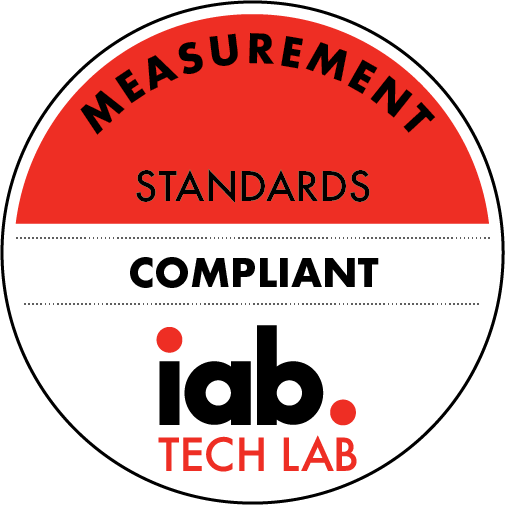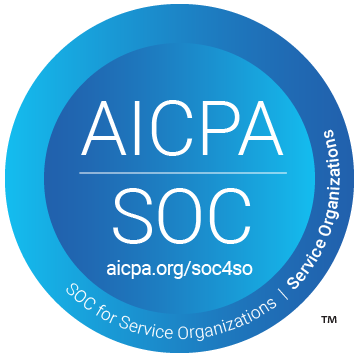The 2024 YouTube Ads Strategy that Scales Businesses
Description
Aleric Heck and I covered a lot of ground in this episode. We talked about the importance of understanding your ideal audience, the different types of YouTube ads, and how to set appropriate budgets for your ad campaigns. We also discussed Aleric's software that helps generate high-quality ad scripts and provides a 5-day free trial to check it out.
Understanding Your Target Audience Knowing your audience is crucial before crafting any ad. Aleric emphasized the power of YouTube’s audience targeting features, such as custom affinity audiences, custom intent audiences, and URL affinity audiences. Understanding what your ideal clients are searching for helps in creating ads that actually convert.
Types of YouTube Ads: In-Stream vs. In-Feed Aleric explained that there are two main types of YouTube ads. In-stream ads can generate immediate conversions and sales, while in-feed ads are better for building top-of-funnel awareness. For beginners, Aleric recommends starting with in-stream ads as they offer more instant results. In-feed ads, on the other hand, can be extremely useful for promoting podcasts since they can increase watch time if served to the right audience.
Budgeting for YouTube Ad Campaigns Aleric suggested starting with a minimum budget of $25 per day per campaign for in-stream ads, and ideally about $50 per day. He cautioned against exceeding $100 per day initially to allow for testing and optimization. For in-feed ads, you can start small, even with just a dollar a day, and then gradually increase as you see results.
Leveraging AI for Ad Scripts and Targeting Aleric's software offers amazing AI capabilities for ad targeting and script generation. By simply entering your business URL, the software provides search data to identify what your ideal clients are looking for on YouTube and Google. It also generates ad scripts based on the top 400 YouTube ads, which ensures you get high-quality, effective results. You can try the software with a 5-day free trial to see the benefits firsthand.
Try the 5-day free trial here
Effective Structure for Ads: Hook, Educate, Call to Action The structure of a successful ad involves a strong hook to grab attention, educating viewers with valuable information, and ending with a clear call to action. Aleric highlighted the importance of providing value in your ads to build trust with your audience. A well-constructed ad can create an 'aha' moment for the viewer, making them more likely to take your desired action.
Time-Blocking and Deep Work Aleric shared how he organizes his week using time-blocking to focus on different tasks. Mondays are for internal meetings, Tuesdays for content, Thursdays for external calls, and Fridays for data work. Saturdays are reserved for creative work with no calls. This method helps in minimizing switching costs and focusing on deep work, as suggested by Cal Newport.
YouTube Ads for Podcasts We also discussed using YouTube ads to promote podcasts. Aleric recommends using in-feed ads for this purpose. You can start with a small budget and gradually increase as you see results. YouTube is also pushing more into podcasts with new features like marking playlists as podcasts. This opens up a great opportunity for podcasters to attract more listeners.
Aleric’s Journey and Insights Starting at 12 with a channel for mobile app reviews, Aleric has been on YouTube for around 15 years. His early content led to millions of views and various sponsorships. During high school and college, he transitioned to YouTube ads, leading to the founding of his business. Today, he continues to produce high-value content, leveraging the power of YouTube ads to stay ahead of the competition.
Conclusion This episode with Aleric Heck was packed with useful insights. We discussed everything from understanding your audience, different types of YouTube ads, and budgeting to leveraging AI for better ad targeting. Aleric's strategies for structuring ads and time-blocking for pr
More Episodes
This podcast episode of "Hustle and Flowchart" features a fascinating interview with Sam Ramsden, creator of the hit podcast "Silly Stories for Kids" and owner of an electrical business. Sam shares his journey from an electrical business owner to a successful podcaster. We also explore how he...
Published 11/19/24
Published 11/19/24
This week on Hustle and Flowchart, I sit down with Brett Kaufman to talk about creating Happy Moments by using breath work, dance, and improv to tackle personal challenges like overthinking and depression. We dig into how these practices can help people feel more present, let go of ego, and...
Published 11/12/24


